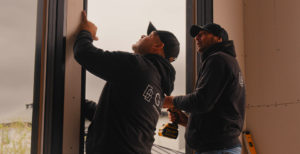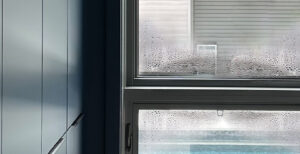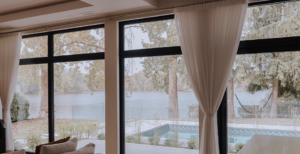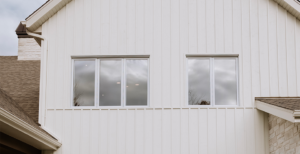Consult our resources to help you choose the right windows and doors, based on market trends and innovations.

When to change your doors and windows: don’t ignore these 8 warning signs

How to install an aluminum window: your comprehensive guide

Two new ENERGY STAR Aluminium Windows from GIT

How to Prevent and Stop Condensation on Windows

Aluminum vs. PVC windows: how they compare
